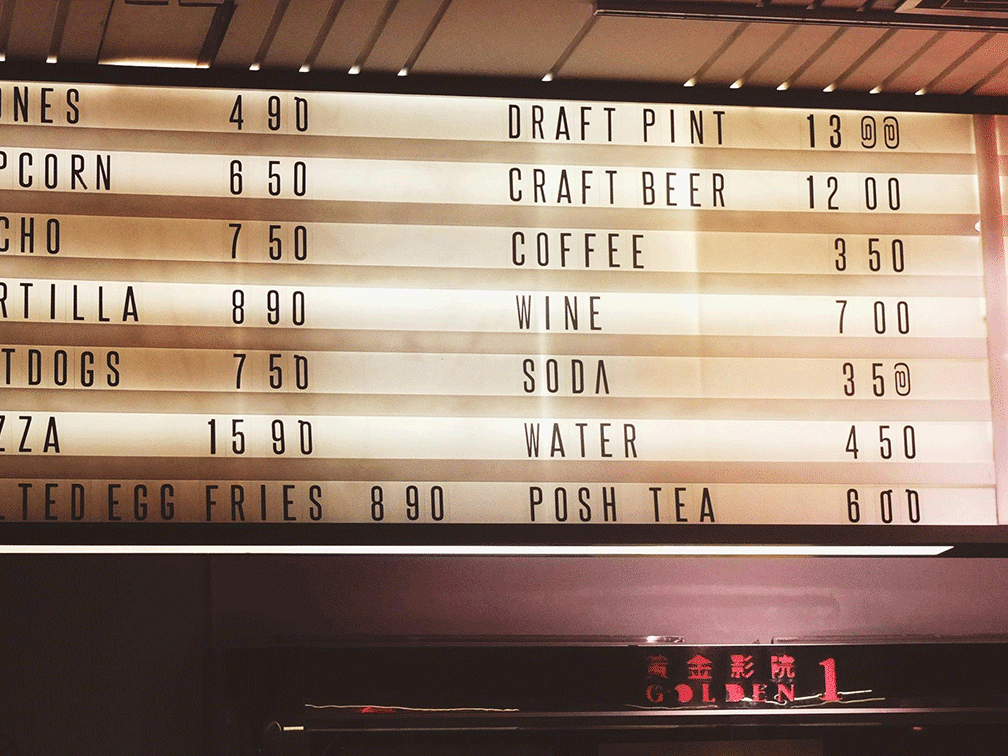As the organizer of an event series, you constantly face the challenge of finding the right ticket pricing strategy. Optimal pricing is crucial for maximizing revenue, covering costs, and appealing to your target audience. Pricing mistakes can lead to dissatisfied fans spreading their frustration in the media. Remember the headlines from last year about Taylor Swift and the ticket prices for her “Eras Tour.” In this blog post, we present three effective pricing strategies, considering key questions about costing and event planning, and discuss their opportunities and risks.
Break down your ticket price!
Where do your ticket sales go? Identify “drain holes” with the optimization calculator in under 5 minutes.

List of questions for your pricing strategy
In order to find a suitable strategy for your event, you need an idea of how your target group thinks. Basic knowledge of how your expenses and income are made up is also essential. To help you reach your goal quickly, use our catalogue of questions and make a note of the answers.
- Cost Structure: What fixed and variable costs are associated with each event? These include rental costs for venues, technology, personnel, marketing, security, and any license fees.
- Capacity: What is the maximum number of tickets that can be sold per event? What is the expected number of visitors?
- Target Group: Who is the target group for the event series? What income level and willingness to pay does this target group have?
- Price Differentiation: Should there be price differentiation based on seating, time of purchase (early bird discount vs. last-minute prices), or access to special offers (VIP packages, meet-and-greet, etc.)?
- Competitor Analysis: What are the prices of similar events? Are there competitors with comparable offers?
- Seasonality and Timing: Are there certain times of the year when higher or lower prices make sense, based on public holidays, school holidays, or other local events?
- Past Data: What does past event data show about attendance, sales, and customer feedback in relation to pricing?
- Marketing and Advertising Spend: What is the budget for marketing, and what impact does this have on the revenue needed from ticket sales?
- Financial Targets: What profit margins are being targeted, and how does this affect pricing?
- Risk Management: What risks exist (e.g., bad weather, artist cancellations), and how can these be accounted for in the pricing strategy?
Dynamic Pricing
Dynamic pricing, also known as surge pricing, is a flexible strategy where ticket prices adjust based on demand. When demand is high, prices increase; when demand is low, prices decrease.
Opportunities:
- Maximizing Revenue: Adjusting prices to current demand allows the promoter to optimize revenue.
- Efficient Capacity Utilization: Offering lower prices during periods of low demand ensures the event is fully utilized.
Risks:
- Customer Satisfaction: Customers may react negatively upon discovering others paid less for the same tickets.
- Administrative Complexity: Dynamic pricing requires advanced systems to monitor demand and adjust prices.
More sales, but no more left?
We’re changing that now! In the optimisation calculator for event organisers, you can immediately see where you can or should optimise the costs of your ticketing. Download now!
Multi-level pricing

Multi-level pricing offers various price categories for different service levels or seating categories, ranging from VIP tickets with additional services to standard tickets with restricted views.
Opportunities:
- Addressing Target Groups: Differentiated price categories allow targeting different customer segments.
- Increased Sales Opportunities: Additional offers, such as VIP packages, can lead to higher average prices per visitor.
Risks:
- Segmentation: Incorrectly set price levels can result in poor utilization of certain areas.
- Perception of Value: Excessive price differences between categories can impair the perceived value of the event.
Early-Bird Pricing
With this strategy, tickets are offered at a reduced price if purchased early, with prices gradually increasing as the event approaches.
Opportunities:
- Liquidity Advantage: Early revenue helps cover upfront costs of the event.
- Planning Security: Early sales provide an initial indication of expected visitor numbers, aiding in better marketing and logistics planning.
Risks:
- Misjudgment of Willingness to Pay: Setting early bird prices too low could result in lost potential revenue.
- Dependence on Early Bookers: Relying too heavily on early bookers could lead to lower demand just before the event.
Individual strategy or combination?
Choosing the right pricing strategy requires a thorough analysis of your cost structure, target group, and the capacity and timing of events. Organizers should also consider the competitive landscape and historical data from previous events. By skillfully combining the described strategies, a pricing structure can be developed that both covers costs and remains attractive to the target group. It is advisable to carefully weigh the risks against the opportunities and, if necessary, adapt the strategy to the specific conditions of the market and the event.
With independent ticketing from egocentric Systems! Book a non-binding appointment with our team of event experts here.

Utilise more than 2/3 of your event turnover with up- and cross-selling
READ NOW
Ticket price increases and concert cancellations: current challenges and possible solutions
READ NOW